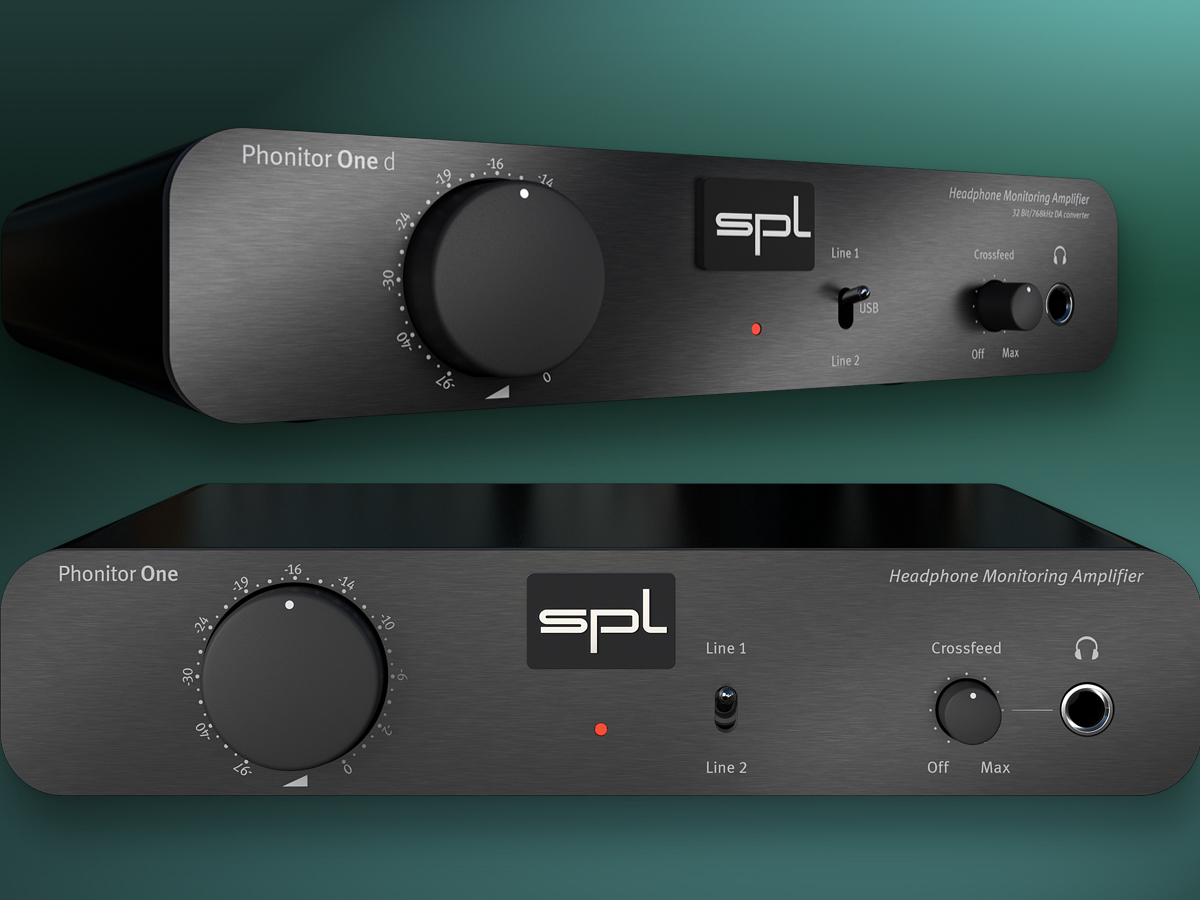

The brain misses logical clues for direction and this subconsciously results in mental stress. Reverberation is also not present.Īs a result, the sound heard by headphones seems to stick to the inside of our head and to our ears and an unnatural soundfield is created. Moreover, the headphones are directly attached to our head, and so head movements no longer add information. The sound at the right ear will no longer reach the left ear and pinnae-reflections no longer interfere with the original soundwave. With his head in a fixed position an exact localization is much more difficult.Īll the mechanisms of directional listening are missing when we use headphones. He will start turning his head although he can't see anything. For a demonstration, blindfold a friend and ask him to locate a ticking clock that you have hidden in the room. Changes in sound levels, delay times and sound color refine the sense of direction. The information obtained by these mechanisms is further refined by movements of the head. Thirdly, reflections of the soundwaves from the walls, ceiling and floor of our listening room produce reverberation that conveys an extra feeling of space. Since these reflections depend on the direction of the soundwave the "color" of the sound changes with the direction of the source. Reflections at the oracles (pinnae) interfere with the soundwaves that directly enter the ear-channel and amplify or attenuate specific frequency components. Secondly, the soundwaves are partly absorbed and partly reflected by the tissues of the head. The level of attenuation and the delay time of this crossfeed signal provide important directional information. the right loudspeaker) not only reaches the right ear but, attenuated and delayed, is also heard by the left ear. In normal daily life people use various mechanisms to locate sources of sound.įirstly, the sound of a source to the right side of the listener (e.g. You will hear it click when the volume is changed. The DAC then controls six relays to change the amplification factor. It uses an analog potentiometer and an ADC that measures its position.

The amp uses an active balanced ground to give most the benefits of balanced drive without rewiring headphones built-in analog crossfeed and a digitally actuated analog volume control with 63 x 0.7dB steps. But this is a pure headphone amplifier, basically something of a Symphony without the DAC section. "Interested in my new Concerto? It will probably sell for the same price as the StageDAC you recently tested. The degree of change/improvement from crossfeed is also very dependent on the recording/mastering.Unique and highly reviewed headphone amplifier from German maker Meier Audio. I expect that for people who use no DSP at all, adding crossfeed is a bigger step than adding it to an already "impure" chain.

So the initial break from sending the pure source signal has already been made. For various reasons, I'm already in the situation where everything is from a digital source, and some DSP is involved. Personally, I thought that crossfeed was a load of nonsense for a long time, but eventually realized that there are just a lot of really poor implementations out there. I also tried the Phonitor amps but was not happy as everything in the lower registers almost disappeared and became "limp": very compressed and not dynamic or impactful at all. I tried Isone, but only briefly, and to me it seemed to be a bit "muddy", losing/masking some low-level detail, compared to CanOpener. Some of us prefer GoodHertz CanOpener, which doesn't attempt a room simulation. Part of the IVS is Waves NX, which is a virtual room simulation, so even more than crossfeed. There is a lot of good info in discussions about and around Immersion Virtualization System, see e.g. This is a point where opinions vary a lot (ha, like what isn't?).


 0 kommentar(er)
0 kommentar(er)
